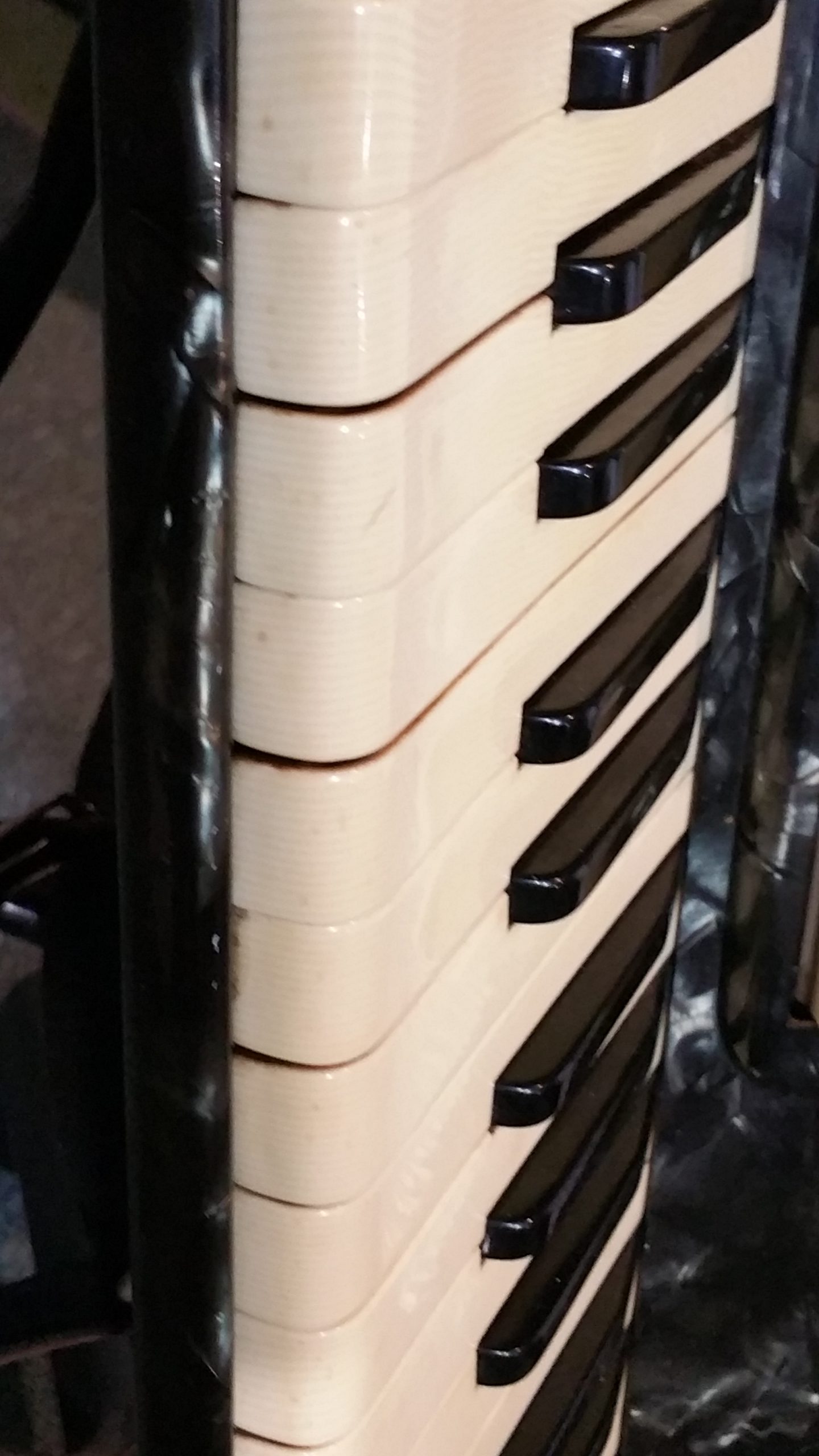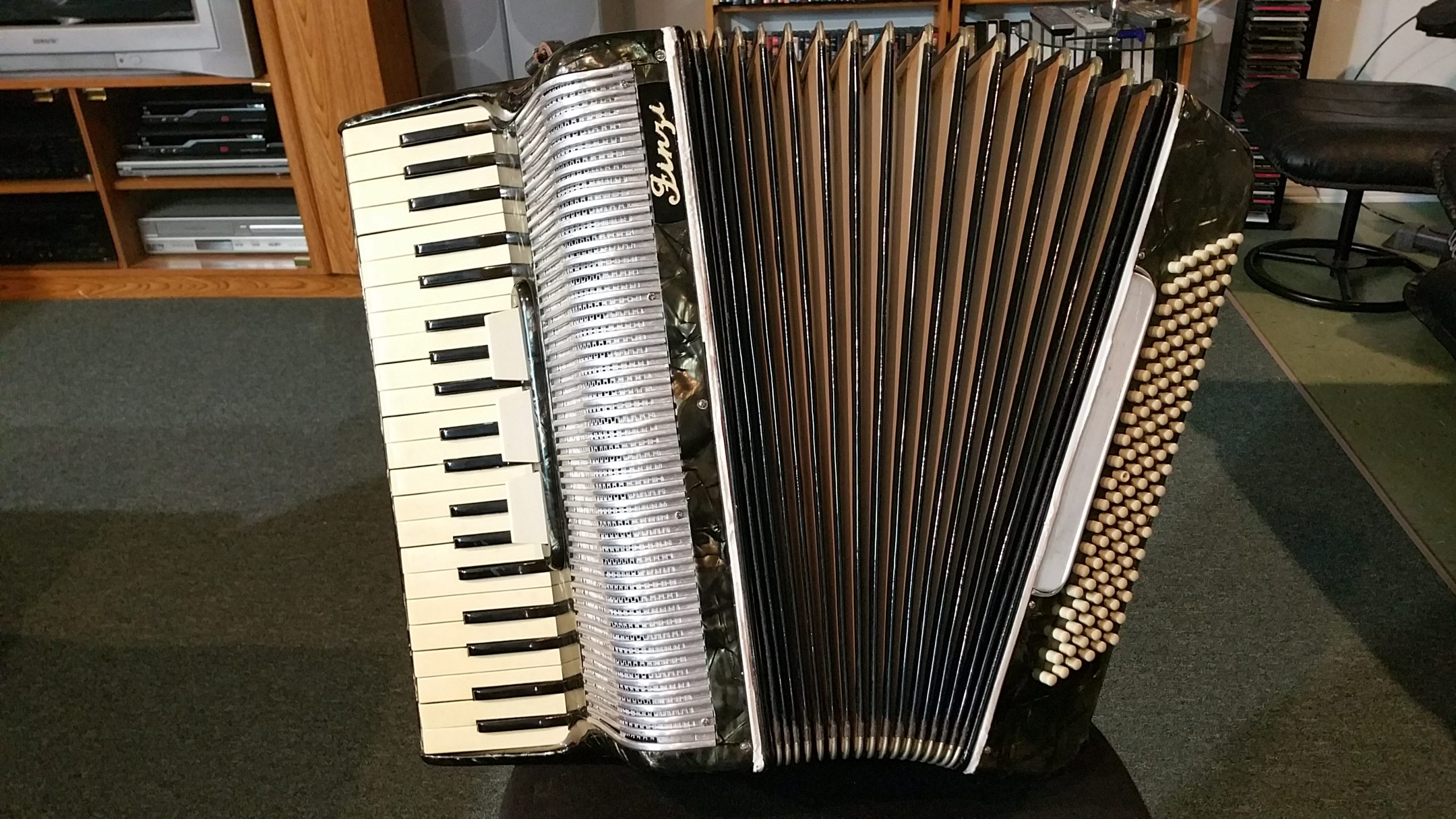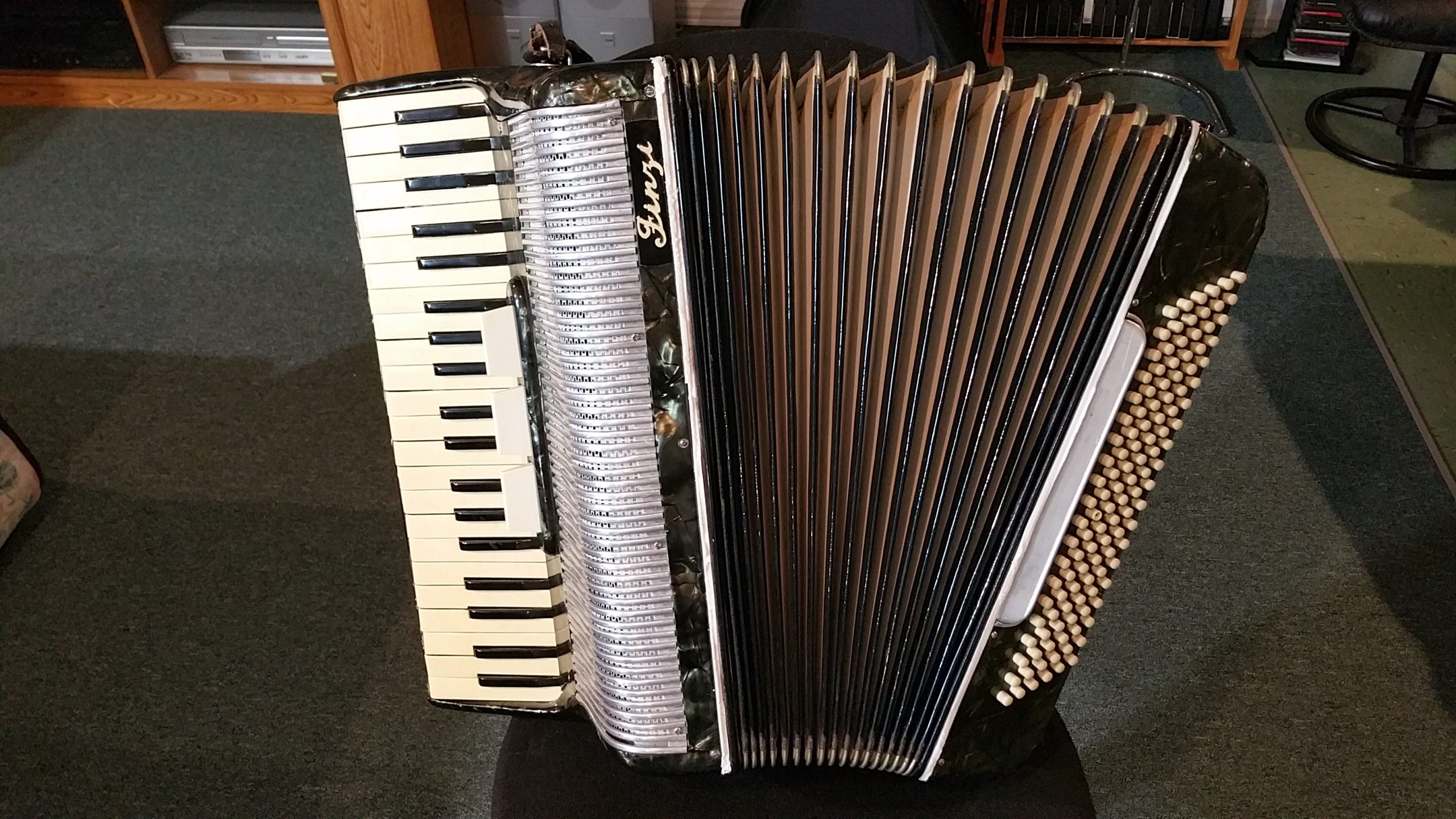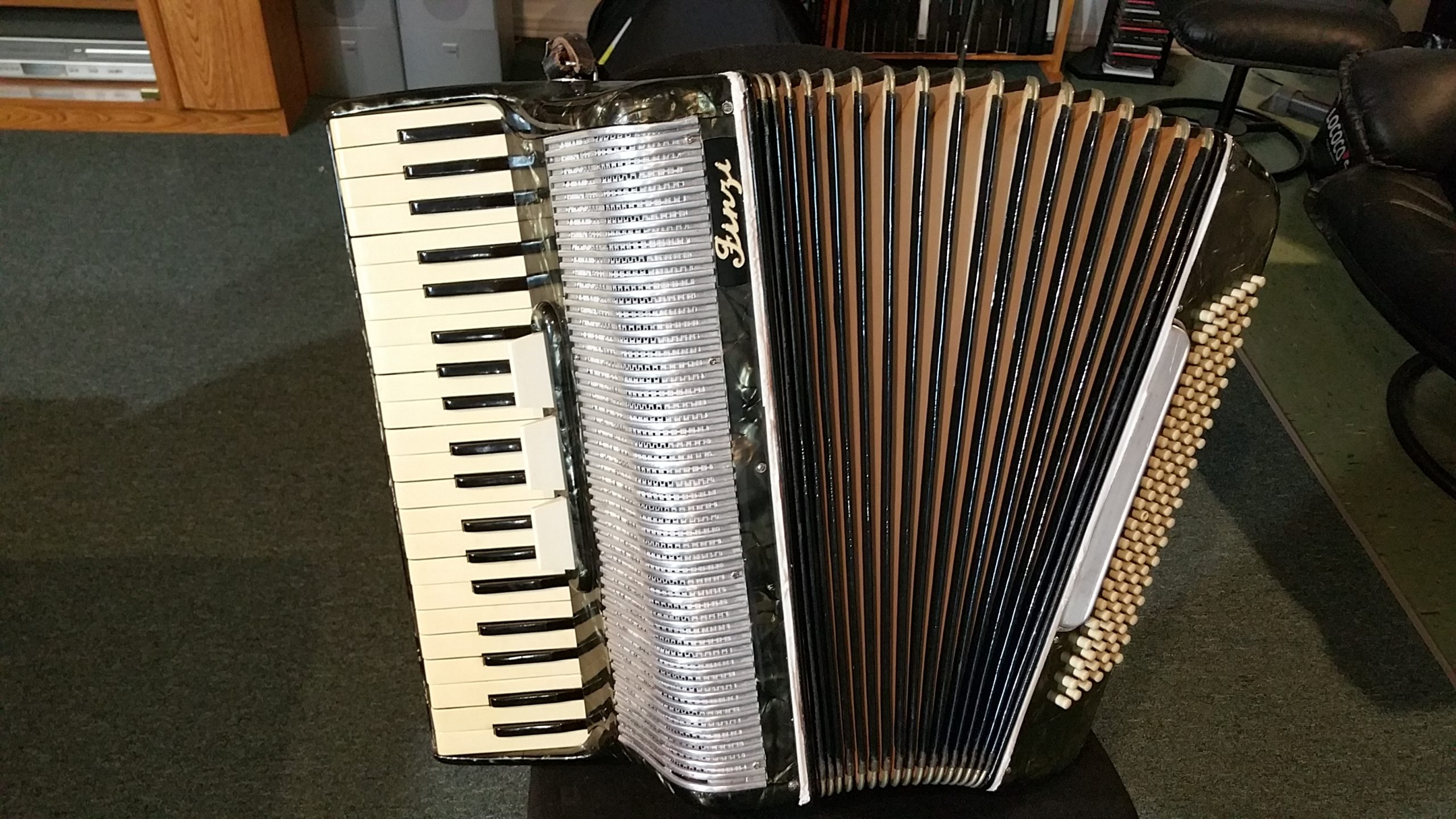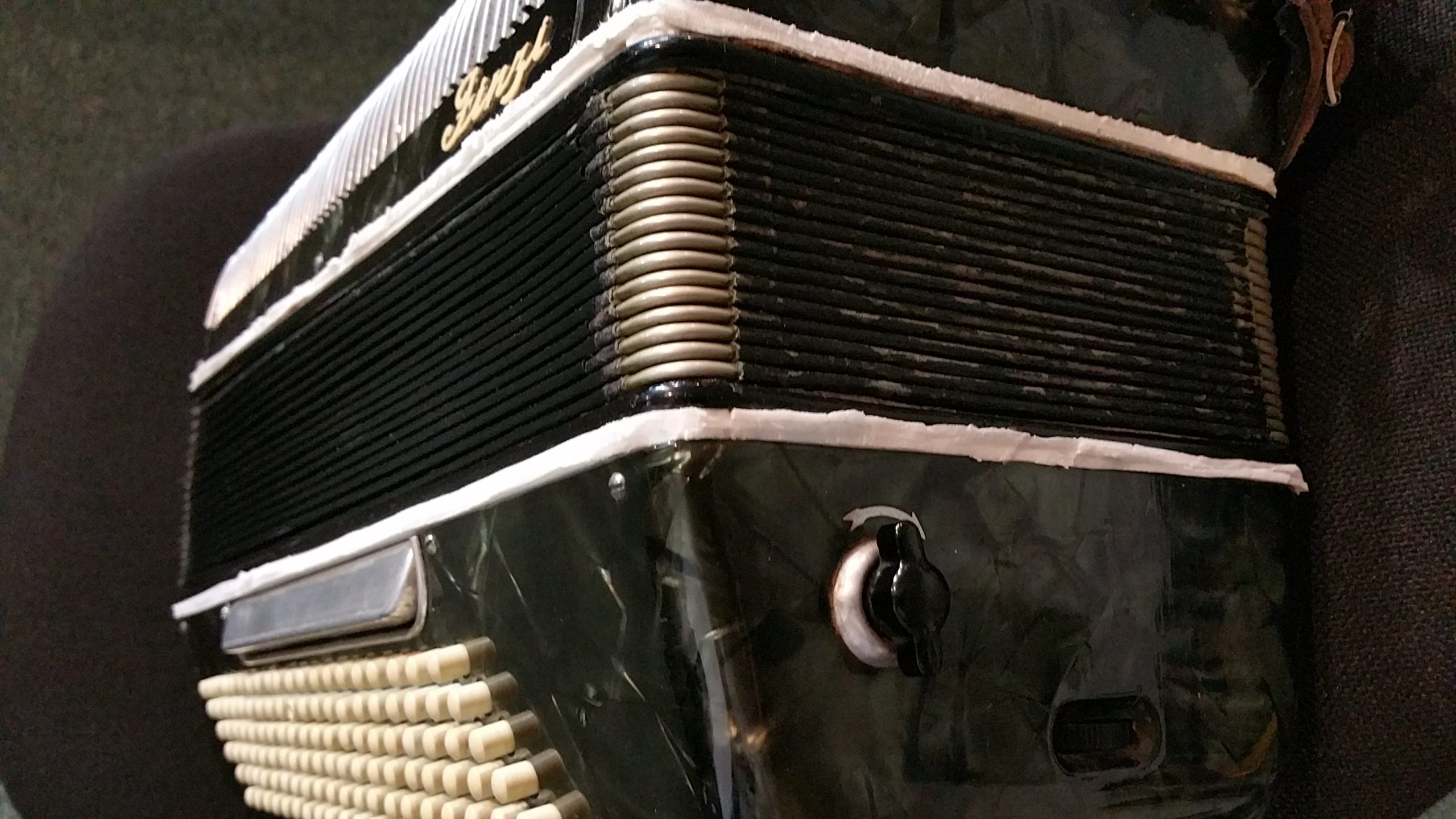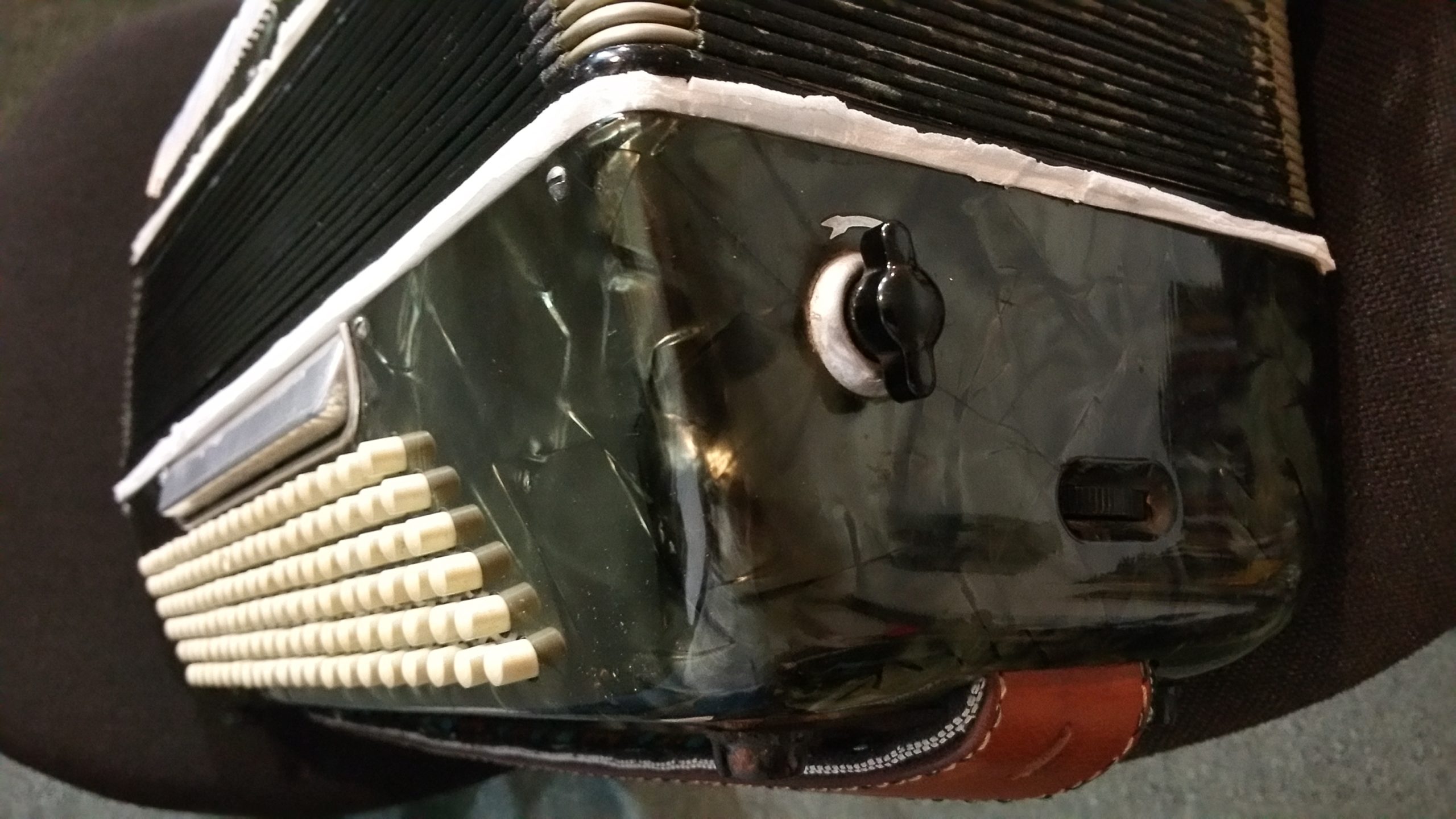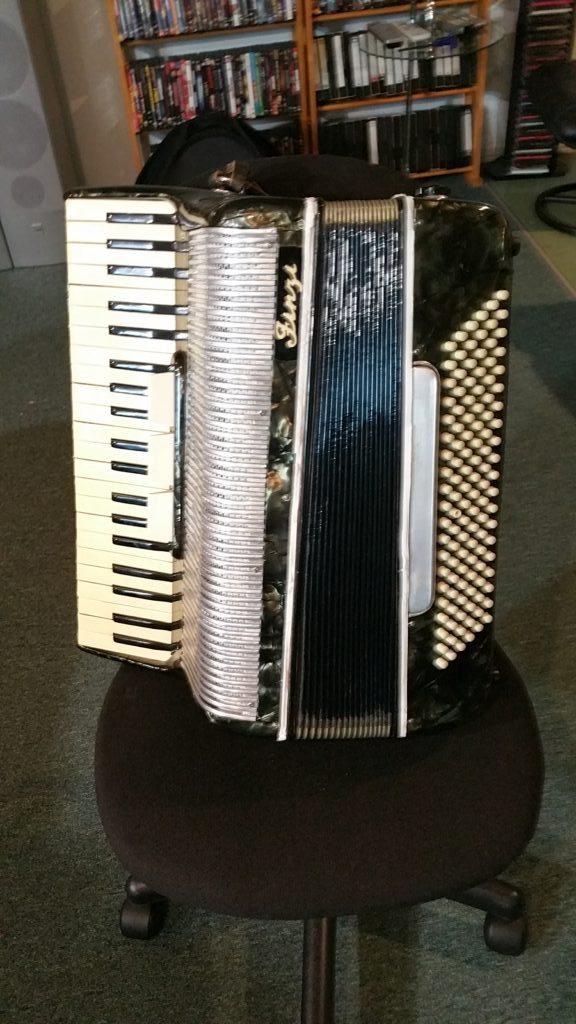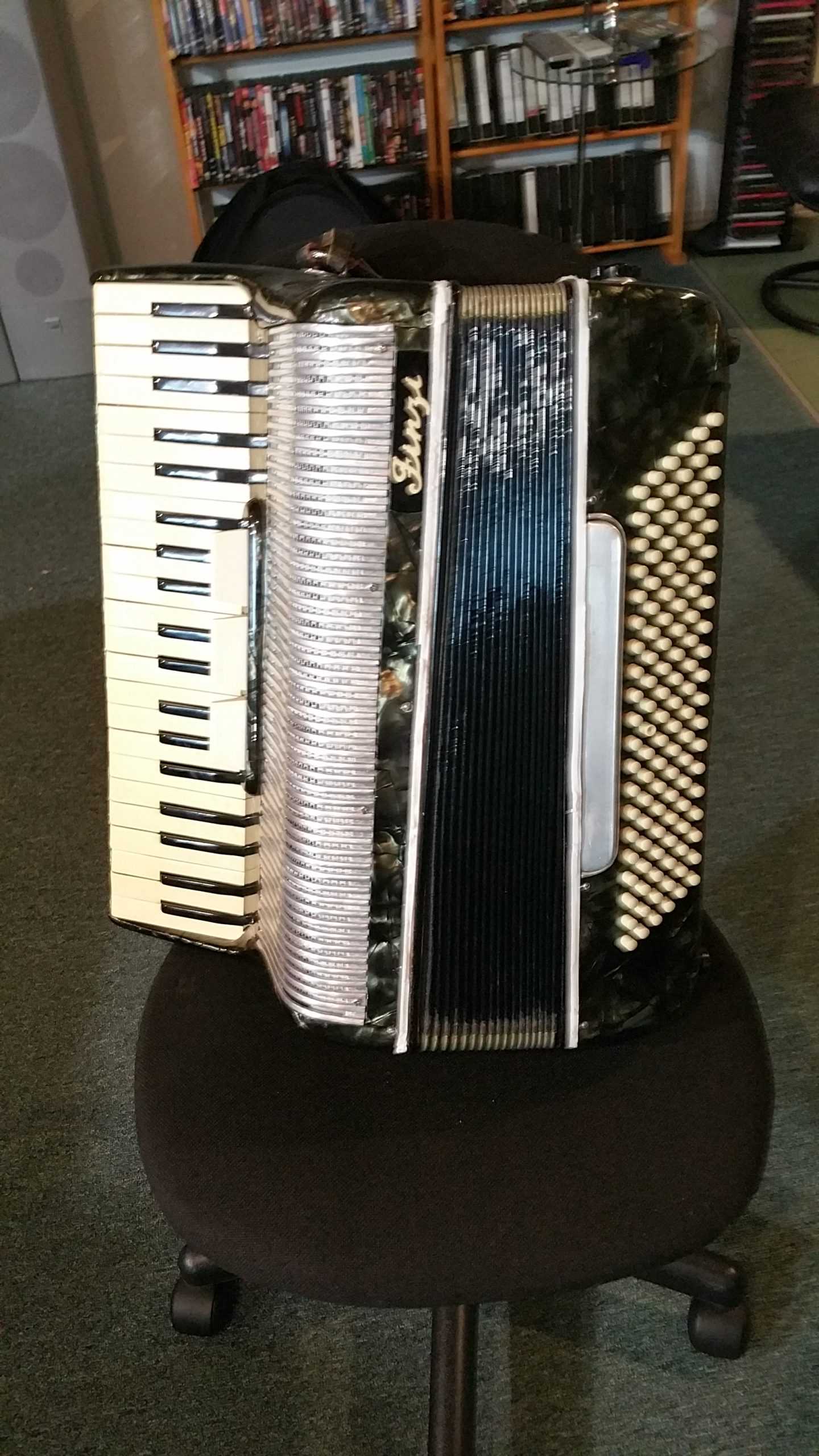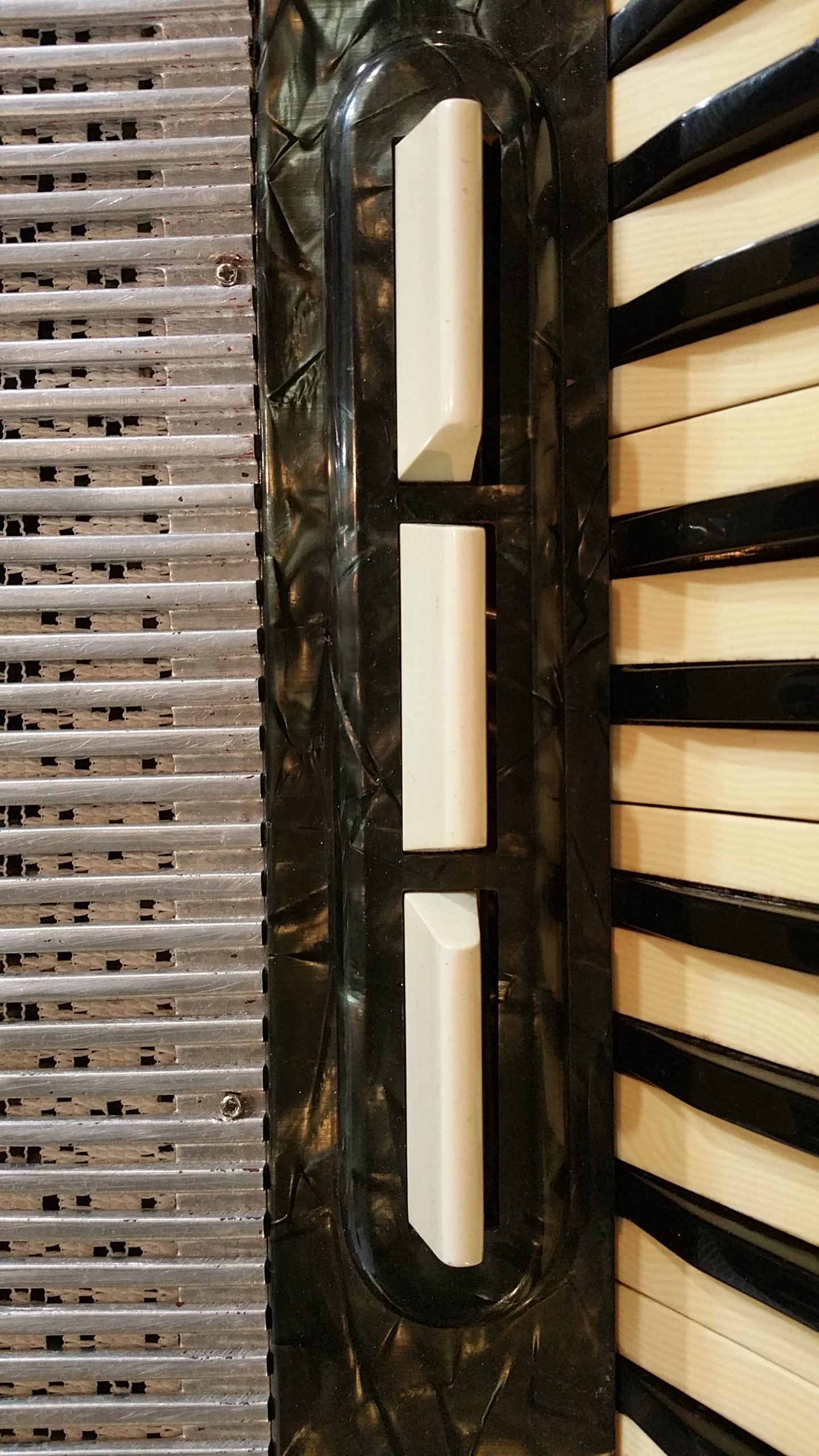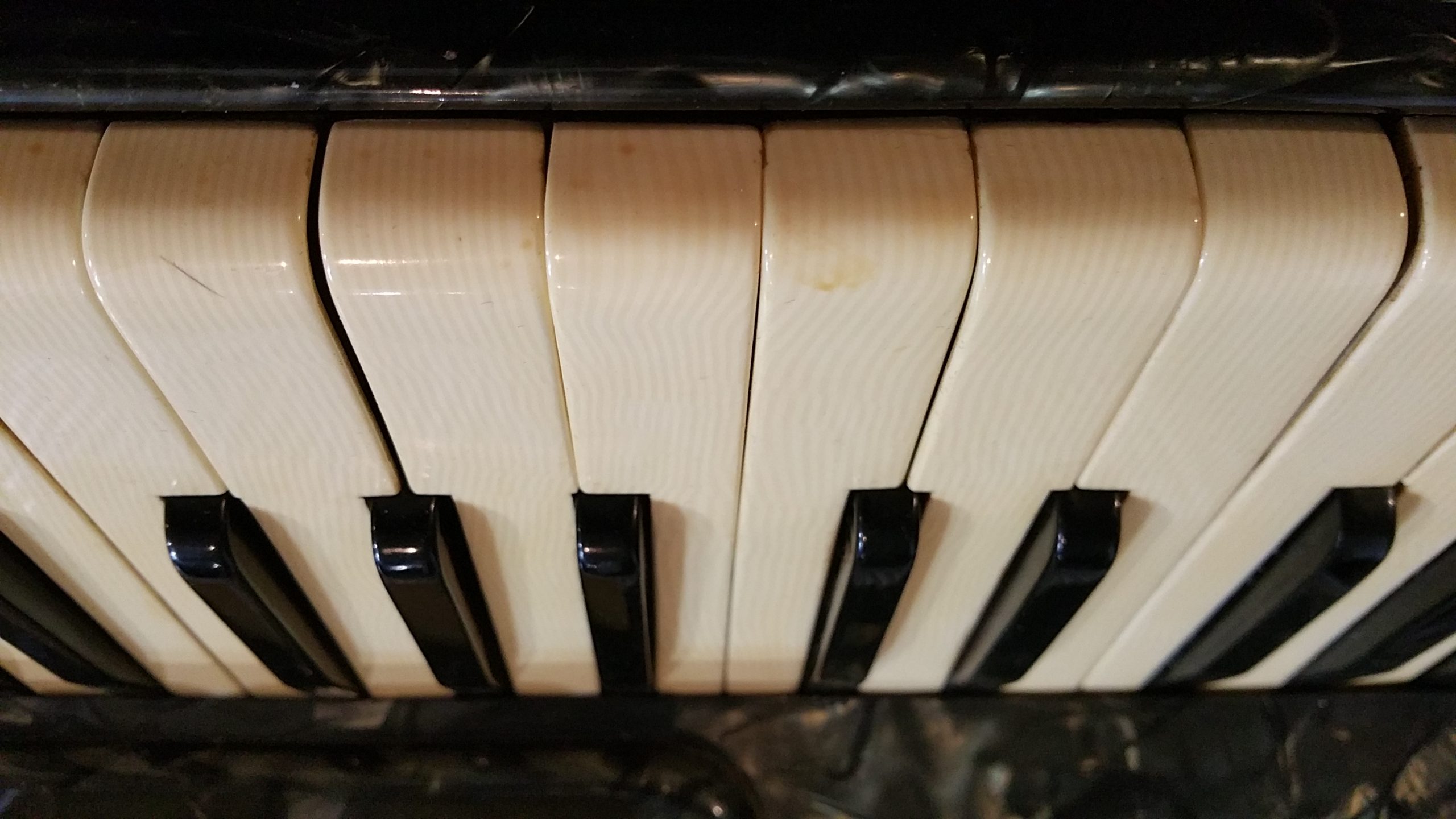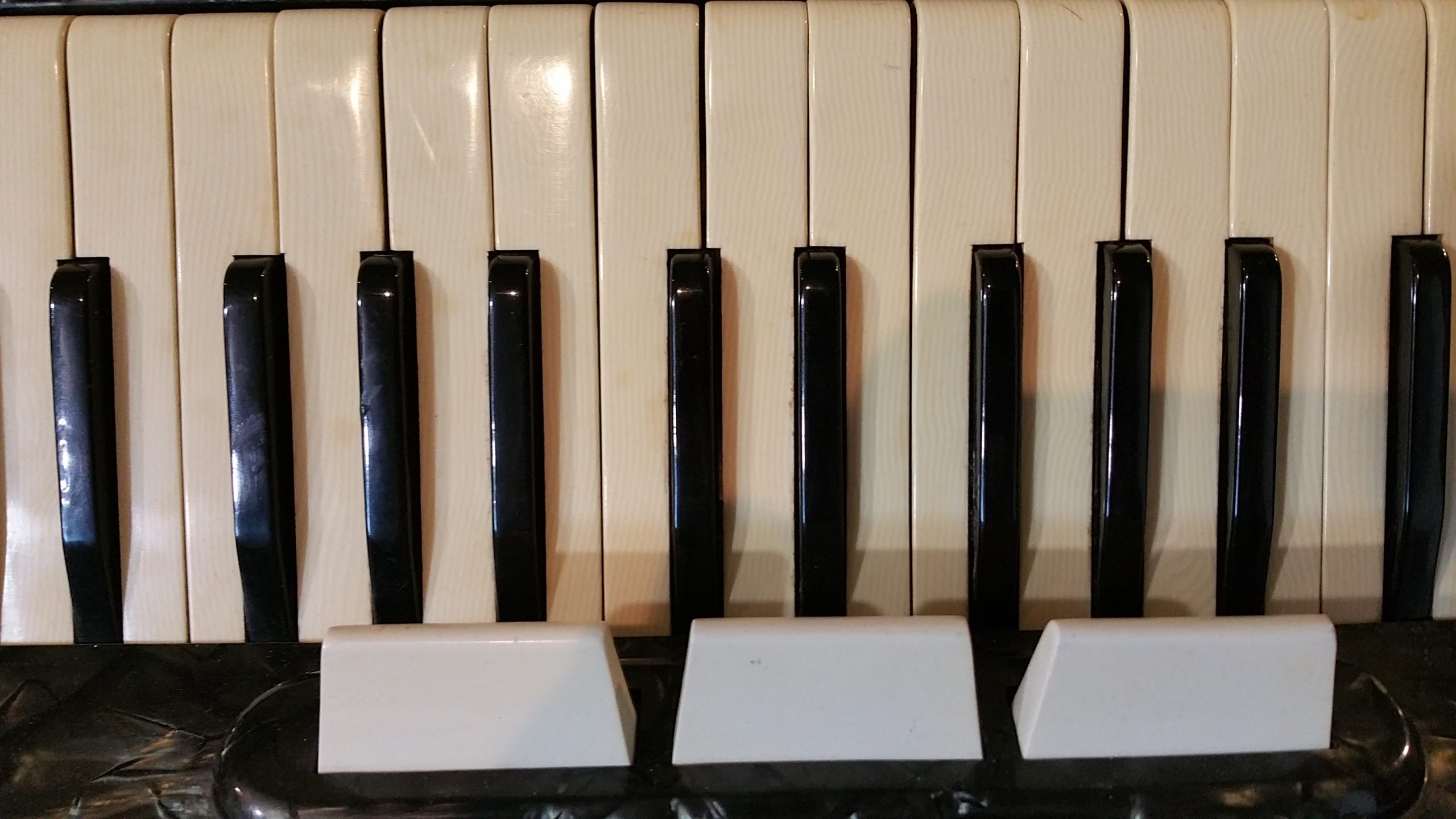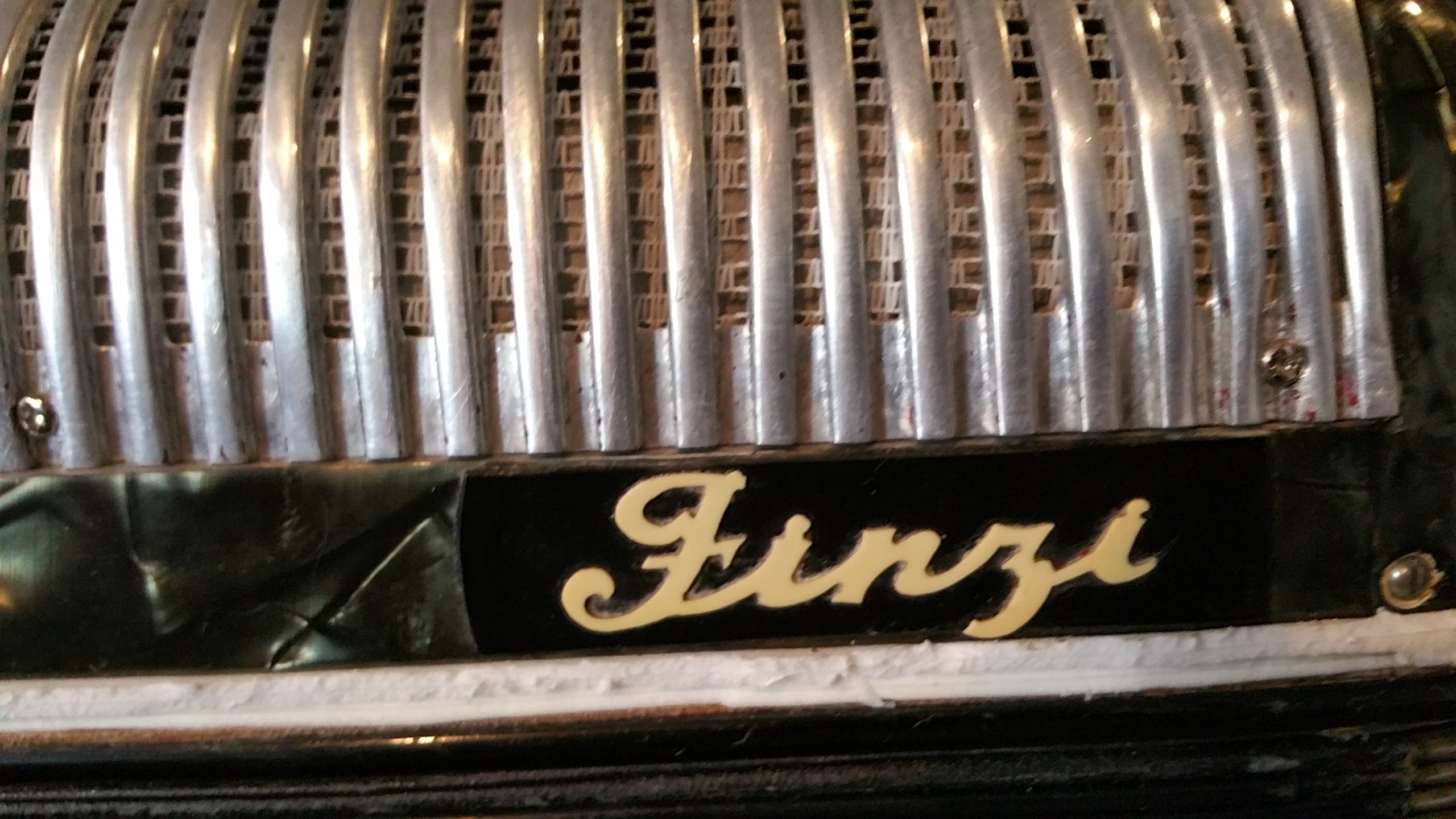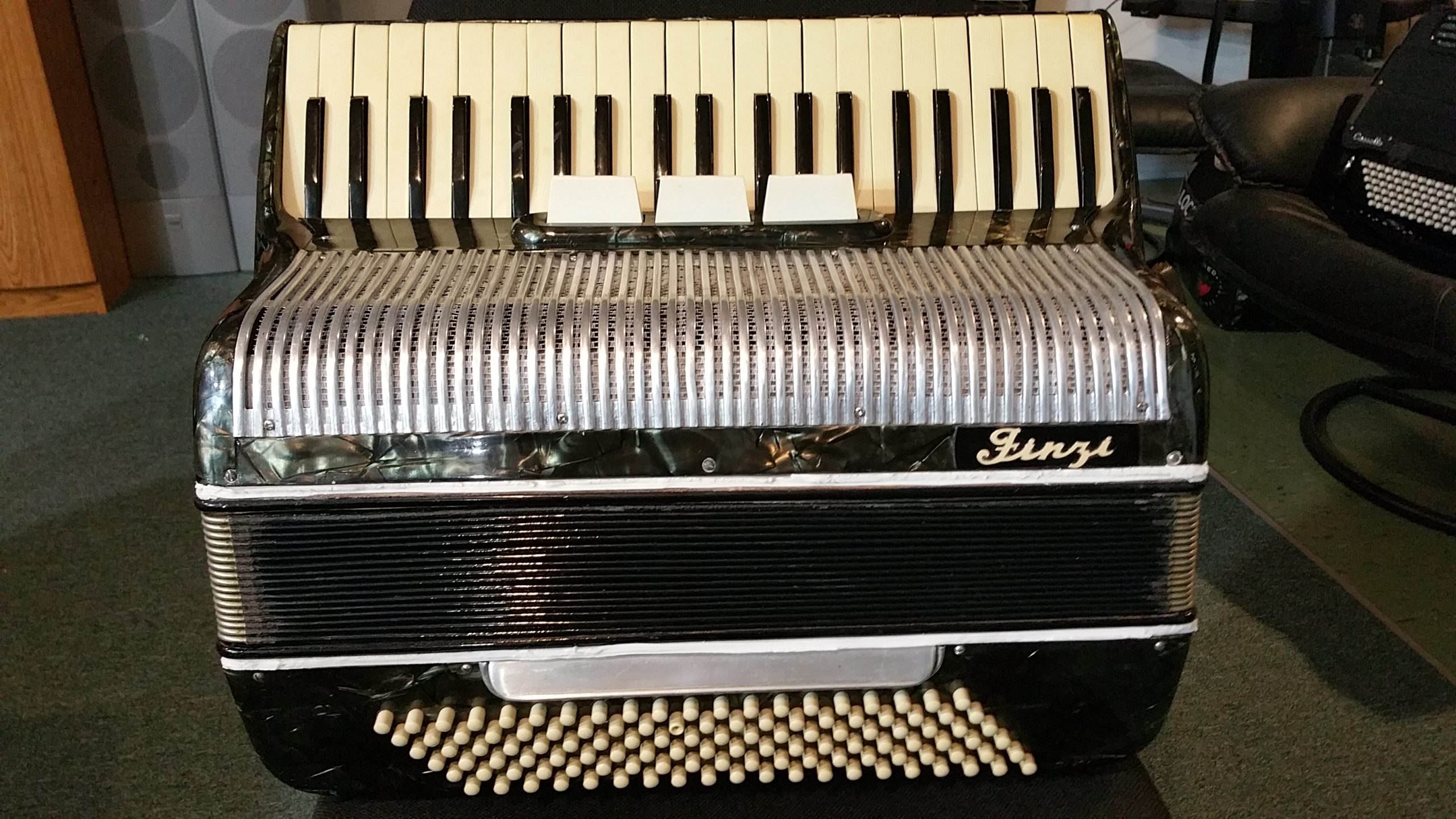May 18, 2016
I sometimes think that I am nuts for thinking that I can do something, but then I end up doing it anyway and what started as being a foolish thought ended up being a little DIY project completed with pride and most of the time, done properly with the additional compensation of having learned something new.
This started back in the days when I worked on cars and did things like change the injectors, increase supercharger boost, retuning the entire engine and even replacing the transmission or camshaft of my own car for a higher performance versions.
Well today I am a bit nuts because I want to know how to tune an accordion. So since I want to learn about this process, I suppose that this all starts with getting to know what and how, and this page will be where I can centralize this information if I am ever nuts enough to ever try it. Even if I never do, knowledge is never a waste. I am not looking to become a professional accordion tuner, but it is something I wanted to know more about, so that is the reason for this page.
I know that before learning how to tune, there is a LOT to learn about how that accordion works and of course, how to repair those issues (big and small), that come up with anything but new or recently properly refurbished instruments. Anyways, my foray in to all this is to start from the back, to look at the process of making the accordion sound RIGHT. In the future, I will look in to the repairing side, which I know, is basically part of the same package. One cannot do one without doing the other for proper complete results.
Anyways… here we go.
The start of the project is to make a test bellows. I have a couple of links that I will place here below about that:
This site is called Accordion Revival and is a wealth of information on accordion repair and other things. How to make a Test Bellows. is the place to start.
On YouTube, there was a nice man that shared how to make and use an accordion tuning table and the very basics of how to tune.
Here are the 3 links: Part 1 Part 2 Part 3
Another YouTube example by Mark Kraabel showing a tuning bellows he made for tuning reeds not mounted in a reed block.
The second part is a critical one, what software to use to tune the accordion. A lot of people highly recommend DIRKS Accordion Tuner software. There are others out there (like PitchLAB for example), and this software is EXPENSIVE at over $200US, but it does seem to be the best. HERE is the link to his online accordion tuner manual. I also downloaded the PDF version of this manual HERE.
Frank Romano is the man that I bought my Iorio and Elkavox from when he was still located in Montreal. Some years back, he moved from Montreal to Boston, but he still has a business and sells some very cool accessories like the tuning scratchers and files, reeds and wax and so many other goodies. HERE is the link to his website.
Accordions Plus is another website about accordion tuning tools and bellows tester.
TalkingReeds is another general site about tuning and repair.
Although they don’t have a website, Bassotto Accordions of Houston, Tx, maintains a presence on Ebay. They carry things like blocks reed of wax, a full set of 428 reed leathers, bellows corners and more. They respond immediately, ship quickly and seem to be honorable people. The prices are reasonable but probably not as good as FRM.
CGM Musical is out of the UK and is a good source for all kinds of accordion parts.
House of MusicL Traditions is out of Maryland USA, and has some potentially interesting items for accordion repairers.
More to come later as I find more related things for this post.
May 27, 2016
Well, the first part of the tuning table has arrived in my possession this afternoon. The part that I thought would be the hardest to find was in all actualities right in my back yard (so to speak) and the easiest and cheapest to obtain. After spending a couple of weeks looking as far as over 500km away from Montreal for a donor accordion that would serve as not only the bellows of the tuner, but would offer me the chance to take apart and put together the parts to learn and practice from, I came up empty handed.
It turned out that my uncle had the solution, a lovely little donor accordion for me. In return, I promised to tune one of his accordions for him (turns out my uncle has over a dozen accordions in his possession, all that are absolutely lovely and one 1940’s Paolo Soprani that is truly museum worthy and a lovely musette tuned accordion (that you know I am going to document via software so that I can learn a little about musette tuning)… who’d have ever guessed?
I supposed I am a little more blessed than even I realized to have been given this donor accordion!
Basically it is a 120 bass unit that has the larger bellows size I was looking for that has the adequate capacity to handle all the lowest notes that I will toss at it. Here are a few pictures of the Finzi (Alberto Finzi is the full name, it’s obviously of Italian origin), accordion. Here are a few pictures of it:
Know what the sad part is? Though beaten up, leaking like crazy and held together with weather seal and a prayer, it still manages a very sweet sound.
One unique feature that I have never seen in real life before… it has no bellows straps, instead it has an internal locking mechanism that is unlocked with a twist of a button on the top of the bass section. Apparently this is nothing super unique, but it was the first time I have seen it before. It’s not as good as the double straps that hold an accordion closed, so I can see why it never became very popular… but as I said, it is interesting!
We have a very interesting start to this project!
